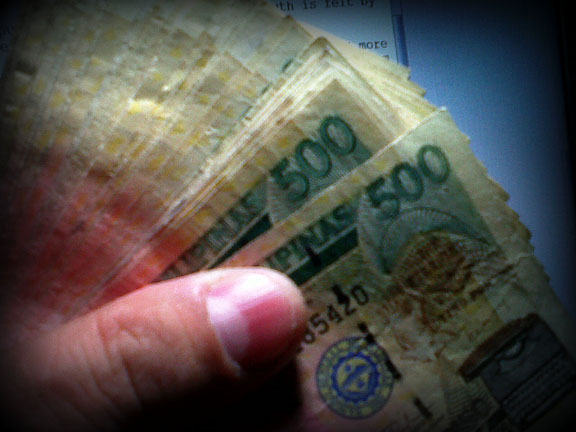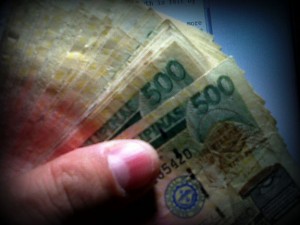
PAGADIAN CITY (Mindanao Examiner / Jan. 23, 2013) – Philippine authorities on Wednesday announced the arrest in Malaysia of a Filipino man wanted for large scale swindling and estafa in Mindanao.
It said Manuel Amalilio, who was behind the P12-billion Ponzi scheme in southern Philippines, has been taken into custody by Malaysian authorities in Kota Kinabalu in the eastern state of Sabah.
His arrest came after Philippine authorities alerted Malaysia about Amalilio’s escape to Sabah.
Amalilio, who founded Aman Futures and other companies, was first said to be a Malaysian citizen, but Justice Secretary Leila de Lima said the man is actually a Filipino. Amalilio introduced himself in Mindanao as a Malaysian businessman who was into stock trading and money markets.
Authorities said a team of National Bureau of Investigation (NBI) agents were sent to fetch Amalilio in Kota Kinabalu to bring him back to the Philippines to face criminal charges. Amalilio escaped last year following the collapse of his company.
Several of those involved in the Ponzi scheme, including Amalilio’s Chief Finance Officer Maria Donna Coyme, have already surrendered to the NBI late last year. Coyme admitted working for Aman Futures and said she is willing to turn state witness.
Investors said they put so much money into the trade after its owners promised to pay them as much as 50% profit in just two weeks.
The investment trading began in February last year in Pagadian City in Zamboanga del Sur province and news of its high-yield, high-profit spread like wildfire and attracted even street hawkers and tricycle drivers who poured their hard-earned savings into an overseas stock and money trading.
During the first weeks of its operation, investors were paid at least 31% and profits increased to 50% in the succeeding weeks – luring not only ordinary citizens, but politicians as well.
The Department of Trade said the people behind the investment trading were able to secure a permit for a business name and that succeeding permits carried various names of owners.
The Securities and Exchange Commission issued a public warning about the Ponzi scheme, but many investors simply ignored this after being told by the company that they would be paid on time.
The regional newspaper Mindanao Examiner was the to break the exclusive news in September last year about the scam after some investors complained that they failed to get back their capital. The news was later ran by The Manila Times.
The scheme is named after Charles Ponzi, who became notorious for using the technique in 1920. His operation took in so much money that it was the first to become known throughout the United States. Ponzi’s original scheme was based on the arbitrage of international reply coupons for postage stamps; however, he soon diverted investors’ money to make payments to earlier investors and himself.
It was also the same scheme that American stock broker and investment advisor Bernard Lawrence Madoff – who was arrested in December 2008 – used to lure thousands of clients to invest in his scam. As much as $65 million dollars were believed lost to Madoff’s scam. (Mindanao Examiner)

